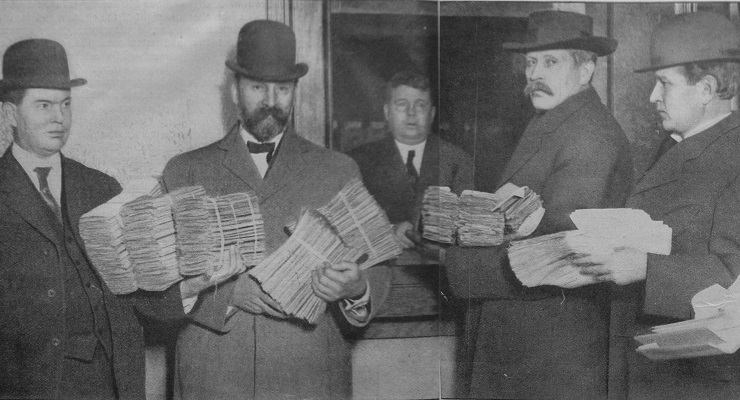
Should it be made easier or harder to recall politicians when the public is ready for someone new? A recent post on Ballot Access News titled, “California Democratic Legislators Amend One of the Budget Bills to Make it More Difficult for Recall Petitions to Succeed” by Richard Winger had the story. Take a look:
California Democratic legislators have amended one of the budget bills to alter procedures for recall petitions. SB 96 was introduced on January 11 and was strictly a budget bill. It passed the Senate on May 11. But on June 9, it was amended to include some provisions changing the law relative to recall elections. It says that signers may remove their names during the 30 days after a recall petition is submitted, and also extends the time for a recall to appear on the ballot, relative to when the petitions were submitted.
There is currently a recall underway against Democratic State Senator Josh Newman. Recall proponents have already submitted 31,000 signatures. If the bill is signed into law, it goes into effect immediately and would alter the rules for this recall. Provisions that allow signers to remove their names on petitions after it is too late for proponents to gather more signatures are fundamentally unfair. Proponents of petitions can never know if their petition will succeed, if signers can remove their names after the petition has been submitted. No one can predict how many signatures will be removed.
Extending the time between submission of a recall petition, and the date of the recall election, would have a different effect on the Newman petition. It would make it more likely that a recall would be held at the time of the regular June 2018 primary, instead of earlier as a stand-alone election.
For some reference, and if you feel the need to take action, here is the link to a petition to recall the current California governor. California posts information on its website about recalling politicians. Here is the preface to the longer explanation:
Recall is the power of the voters to remove elected officials before their terms expire. It has been a fundamental part of our governmental system since 1911 and has been used by voters to express their dissatisfaction with their elected representatives.
This publication examines the law of recall as it applies to state and local officials. In some ways, the procedures that apply to the recall of state officials are different from those that apply to local officials. Therefore, this publication is divided into separate parts to help avoid confusion. Be sure to check the Table of Contents to ensure you are referencing the proper procedure.
Please note that the procedures described herein do not apply to federal officers. Federal officers are not subject to recall. The removal of U.S. Representatives or U.S. Senators is governed by the United States Constitution, Article 1, Sec. 5 (2), which states “Each House may determine the rules of its proceedings, punish its members for disorderly behavior, and, with the concurrence of two-thirds, expel a member.” The President, Vice President and all civil officers of the United States are removed through the process of “impeachment” which is governed by the United States Constitution.
This Guide is designed to reflect all current laws, regulations and rules that pertain to recall, but it does not have the force and effect of law, regulation or rule. Therefore, in the unlikely event there is a conflict between the Guide and a law, regulation or rule, the law, regulation or rule shall take precedence. Before beginning any recall effort, the proponents should obtain the most up-to-date information available.
Here is some interesting information on why recall elections rarely work by NPR from 2002:
Recall attempts are far more commonplace in local jurisdictions, but they’re difficult to pull off at any level of government. States set prohibitively high standards for removing lawfully elected officials on the grounds of political disagreement, which is the most popular reason for recalls. Most efforts fail for lack of organization and funding, factors that often cause petitioners to fall short of collecting the number of voter signatures required to force a recall election.
For instance, insufficient signatures caused the failure of the three recalls launched against California Gov. Ronald Reagan between 1967 and 1972. The man who held the office before and after him, Gov. Jerry Brown, had eight recall petitions against him fail for the same reason. (Brown once again is governor, having won election in 2010.)
Leave a Reply